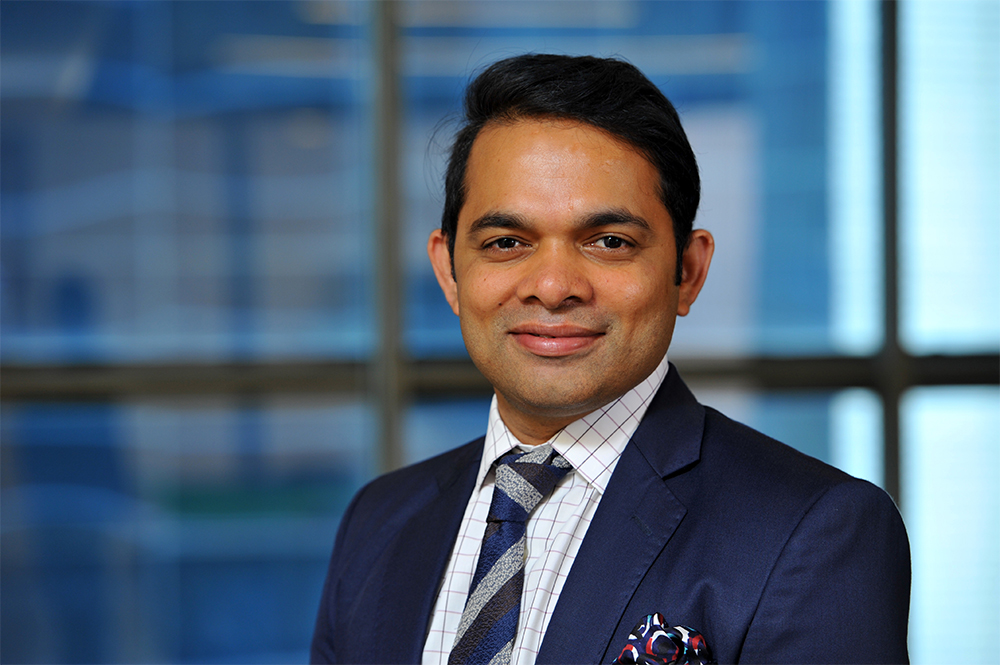
By Shaji Kumar Devakar, Managing Partner, IIFL Wealth
In the current maelstrom of political uncertainty, trade-war fears and global growth concerns, it would seem that the rich are only getting richer. The number of wealthy Indians and their affluence is expected to rise by 88% over the next five years, according to a survey by IIFL Wealth Management and the U.K.-based Wealth-X. As of 2016, India had 284,140-dollar millionaires with a combined wealth of Rs 95 lakh crore; by 2021, the figure is likely to reach Rs 188 lakh crore. India is well on its path to reaching the milestone of a “million millionaires”.
Reams of paper and millions of grey cells have been dedicated to figuring out where the rich deploy their wealth and how exactly do they get “richer”. While it would be too simplistic to paint the investing habits of all ultra-high net worth individuals (UHNIs) with the same brush, we do observe certain trends and proclivities that tend to be homogenous.
It all starts from a clear Investment Mandate
Some things never go out of fashion. UHNIs strongly feel the need to define strict policy guidelines that can guide portfolio allocations and are robust enough to weather the peaks and troughs of the market. Most UHNIs are fully cognisant of the fact that a well-articulated investment mandate forms the bedrock of sound investment decision making. The key lies in creating strict investment guidelines and building a portfolio in line with the mandate. This has helped portfolios deliver consistent performance by creating risk exposures in line with the investment mandate. Additionally, the governance part of the mandate has helped mitigate portfolio risk and avoid accidents – things like over-exposure to any one sector or market cap bias can be avoided, thus making the portfolio immune to concentration risk.
Wealth Preservation versus Wealth Growth
For HNIs, wealth preservation works in tandem with growing their wealth. While the goal of most investors is to generate returns, and grow their net worth, HNIs tend to give equal priority to wealth preservation. They recognise the value in safeguarding their wealth and preserving it for posterity. As Seth Klarman highlighted in his book, “Margin of Safety”, “Most investors focus on how much they can make and pay little heed to how much they can lose”. However, avoiding losses should be the core goal of any investor. The avoidance of loss is the surest way to a profitable outcome. When it comes to financial priorities, our survey indicated that over half of participants surveyed prioritised growth in investments, followed by income generation, wealth preservation, legacy planning and philanthropy. Only a small percent prioritised spending their wealth for enjoyment.
Putting Wealth to Good Use
Not only are HNIs focusing on preserving their wealth for future generations, they are also increasingly looking to give back to society by investing in philanthropic initiatives and causes. In addition to allocating funds to social initiatives, HNIs are also exploring social impact investing. This entails investing in companies that are focused on generating measurable social or environmental impact along with financial returns. While wealth protection and growth continue to be the core focus for HNIs, allocations towards philanthropy are also becoming a part of their investment goals.
Investment Funds Leading from the Front
As per a recent study conducted by IIFL Wealth and Wealth-X, a large number of HNIs believe that the best place to book returns right now is investment funds, followed by equities and fixed income. Investment funds make up almost one-third of the total assets held by the super wealthy in India and 84% hold at least some of their fortune in these funds. One in five holds more than half of their wealth in investment funds.
Carefully chosen Structured Transactions in Demand
HNIs are looking to invest in innovative financial instruments and structured products that are present across the risk-return spectrum. They are revisiting the risk profile of their investments and are increasingly gravitating towards debt instruments. They are looking to buy financial instruments to take advantage of rising yields. This is largely due to the recent performance of equity as an asset class and the opportunity to capture a higher yield on debt instruments.
Passive Funds becoming more Attractive
Most investors are in a perennial quest for the elusive “alpha”. Considering the short-term underperformance by active portfolio managers, ETFs and Index Funds are slowly stealing the spotlight away from large-cap allocations. Large-cap allocations have historically done the job of “higher yield with relative safety” for an investment portfolio. However, we are now seeing a change in this trend as UHNIs migrate towards ETFs and Index Funds to do the same job. Additionally, HNIs are also selectively choosing boutique fund managers to manage any specific or alpha creating ideas either thru PMS or AIFs. Alpha generation along with wealth protection remains the core requirements of an HNI’s portfolio.
While the job of a wealth manager is clearly not to be a mind-reader, an in-depth understanding of a client’s requirements, constraints and thought process can go a long way in chalking out the most comfortable financial journey for the client. HNIs are no longer content with a unidimensional approach to wealth management. They are looking beyond asset allocation and plain vanilla products in an attempt to safeguard their wealth and generate above-average returns on their investments. Wealth managers who are in tune with the changing needs of HNIs are in a position to serve them better.

Read the original article:
Financial Express
